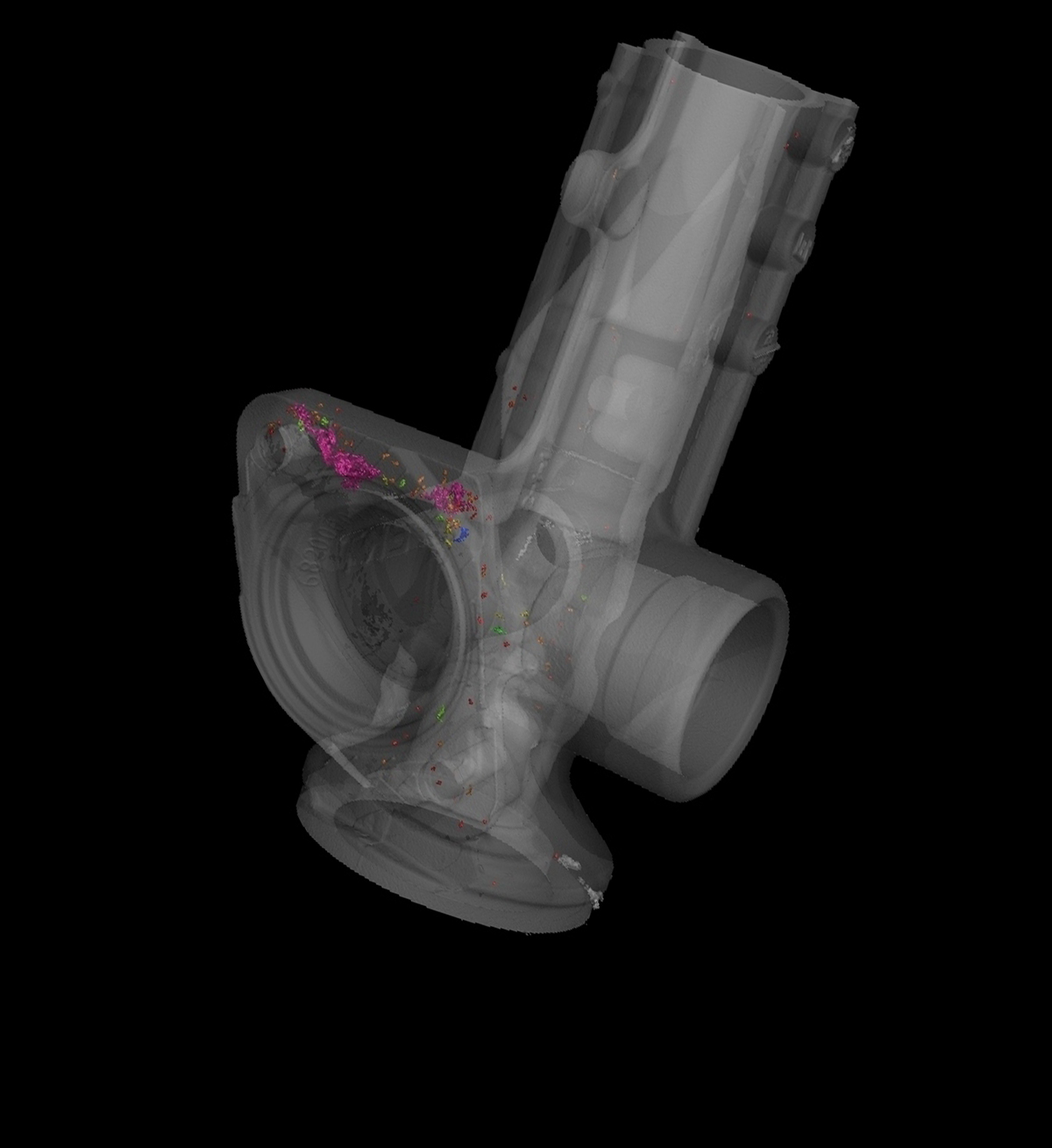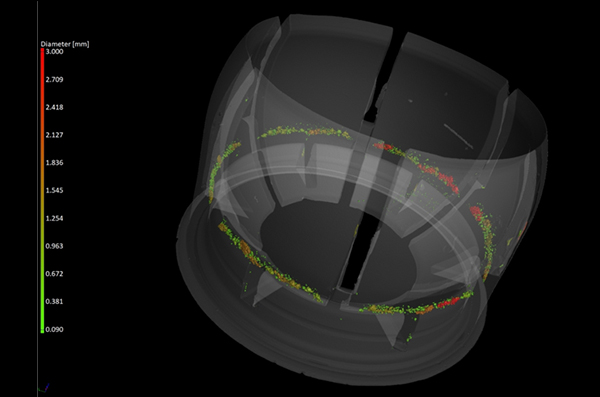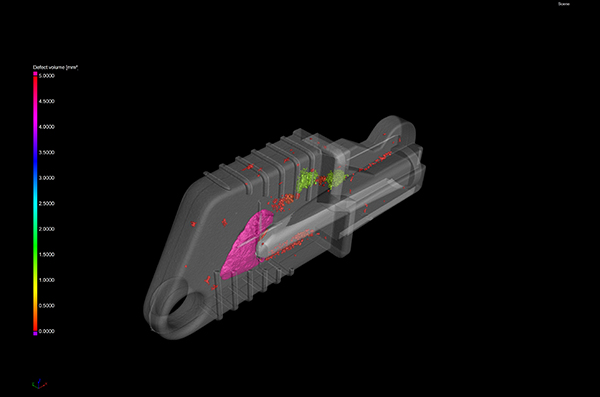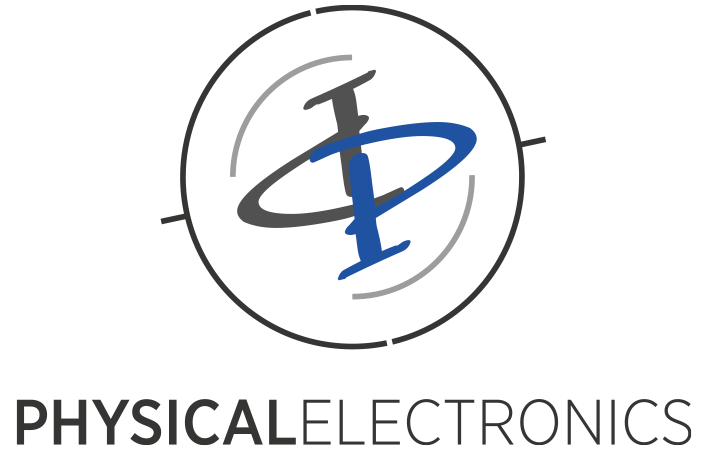Exploring the Power of X-Ray Computed Tomography for Defect Analysis
Are your products free of defects? Yes! Are you sure of that? Let’s X-ray…

X-ray computed tomography (CT) is a powerful non-destructive testing (NDT) technique that is widely used for defect analysis in a variety of industries, including aerospace, automotive, electronics and materials science. This cutting-edge technology allows detailed examination of internal structures, identifying defects and providing valuable insight into the integrity of materials and components. How does X-ray CT work? Why is X-ray CT used for failure analysis? What are the benefits of this technique?
How X-ray CT works
X-ray CT is based on the principle of taking multiple X-ray projections of an object from different angles and then using advanced algorithms to reconstruct a 3D image of its internal features. The process starts by placing the sample in the CT scanner, which emits X-rays and rotates around the object, taking hundreds to thousands of 2D X-ray images (slices). These slices are then combined computationally to create a comprehensive 3D model that can be visualised and analysed.
Unravelling the benefits

Non-destructive testing (NDT)
One of the main advantages of X-ray CT is its non-destructive nature. Unlike traditional destructive testing methods, X-ray CT allows engineers and researchers to examine the internal structure of an object without causing damage. This is particularly important when inspecting delicate or expensive components, where maintaining the integrity of the sample is essential.
High-resolution imaging
X-ray CT scanners can provide high-resolution images, revealing even the tiniest defects or anomalies that may be invisible to other techniques. This capability is particularly valuable when dealing with intricate or complex structures where accurate defect detection is critical.
Comprehensive analysis
As well as providing 3D visualisation of defects, X-ray CT also enables quantitative analysis. Engineers can accurately measure the dimensions, volumes, and surface areas of defects. This quantitative data is critical in assessing the severity of defects and making informed decisions about component usability.
Versatility in materials analysis
X-ray CT is applicable to a wide range of materials including metals, composites, plastics, ceramics and more. Its adaptability to different materials makes it an indispensable tool for failure analysis in various industries.
Applications of X-ray CT for failure analysis
Aerospace industry
In the aerospace industry, X-ray CT is used to inspect critical components such as turbine blades, engine blocks and composite structures. It helps to identify internal defects such as voids, porosity, cracks, and delamination, ensuring the safety and reliability of aircraft components.
Automotive sector
X-ray CT is used in the automotive sector to inspect components such as engine parts, castings and welds. It helps to detect defects that could affect the performance and durability of these parts, thereby improving the overall quality of vehicles.
Electronics and semiconductor industry
In electronics, X-ray CT is used to inspect printed circuit boards (PCBs), connectors and integrated circuits. It enables the detection of defective solder joints, wire bonds and other internal defects, helping to improve product reliability.
Materials science and research
Materials science researchers use X-ray CT to study the internal microstructure of materials. This helps to understand material behaviour under different conditions and to identify defects or irregularities that may affect material properties.

Conclusion
X-ray computed tomography has revolutionised the field of failure analysis by providing a non-destructive, high-resolution, and comprehensive approach to the examination of internal structures. Its applications span multiple industries and provide valuable insight into the integrity of materials and components. As the technology continues to evolve, X-ray CT will become an indispensable tool for ensuring product quality and safety in the modern manufacturing landscape.
